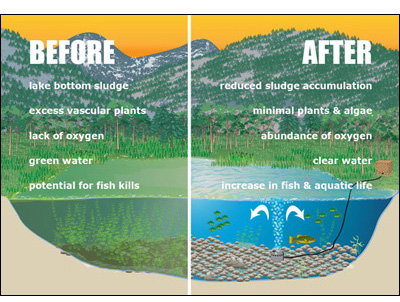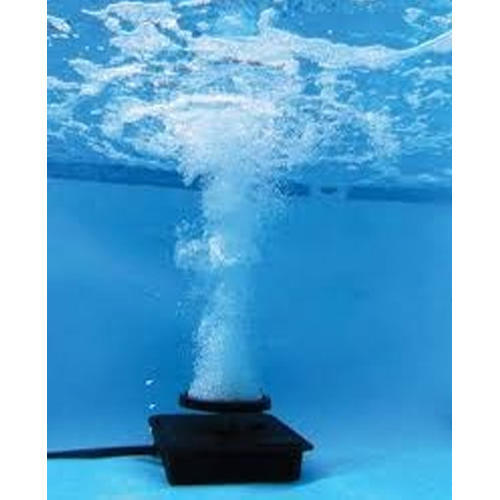Echo Park Lake Restoration
Sam Robinson has over 15 years experience working with lakes. His knowledge of lake ecology has made Sam Robinson a trusted partner in many state projects. He also helped create watershed plans for Minnesota's lakes. The company provides many services including dam modification and outlet design, as well as rock arch rapids and environmental restoration.



